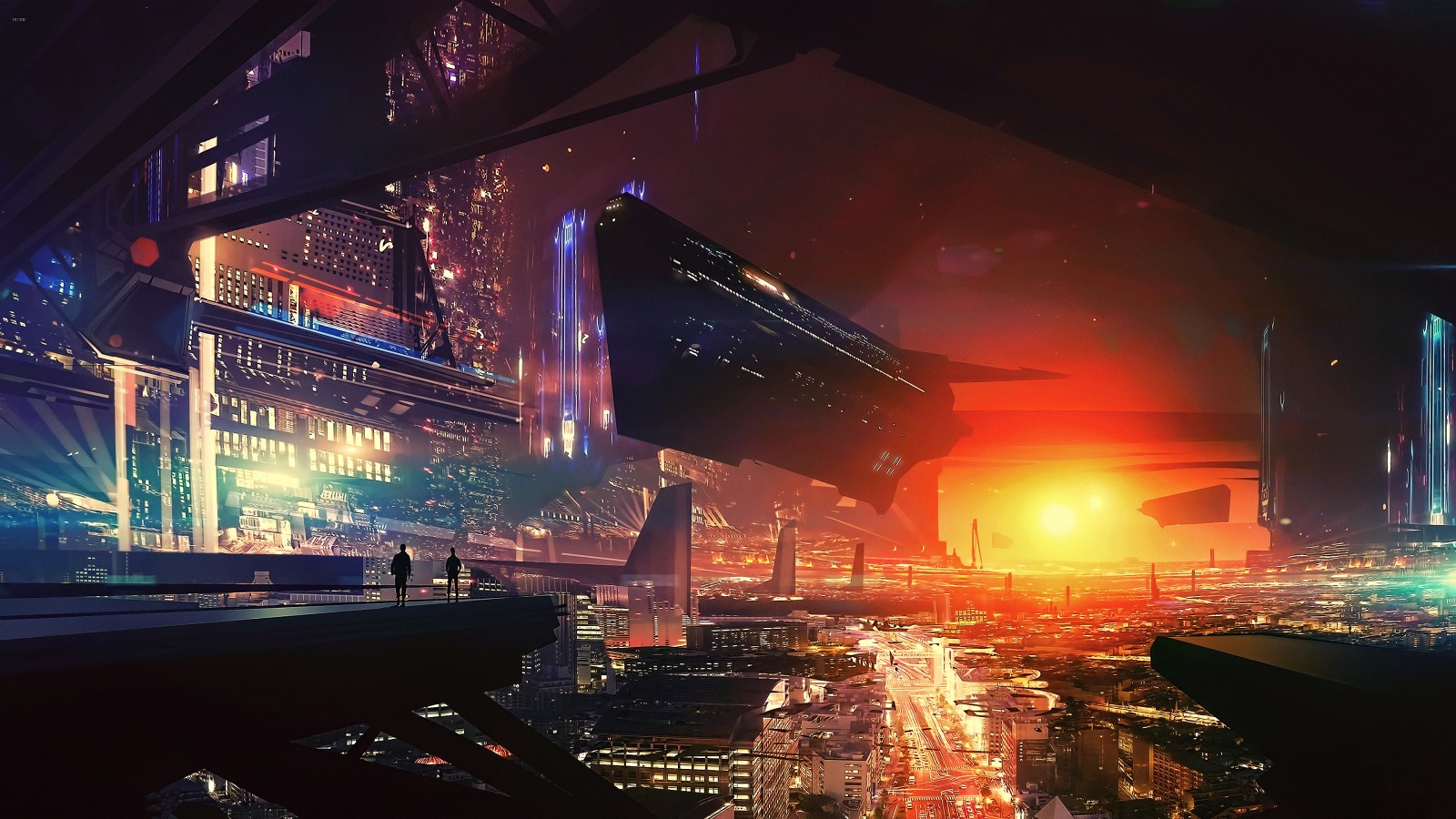
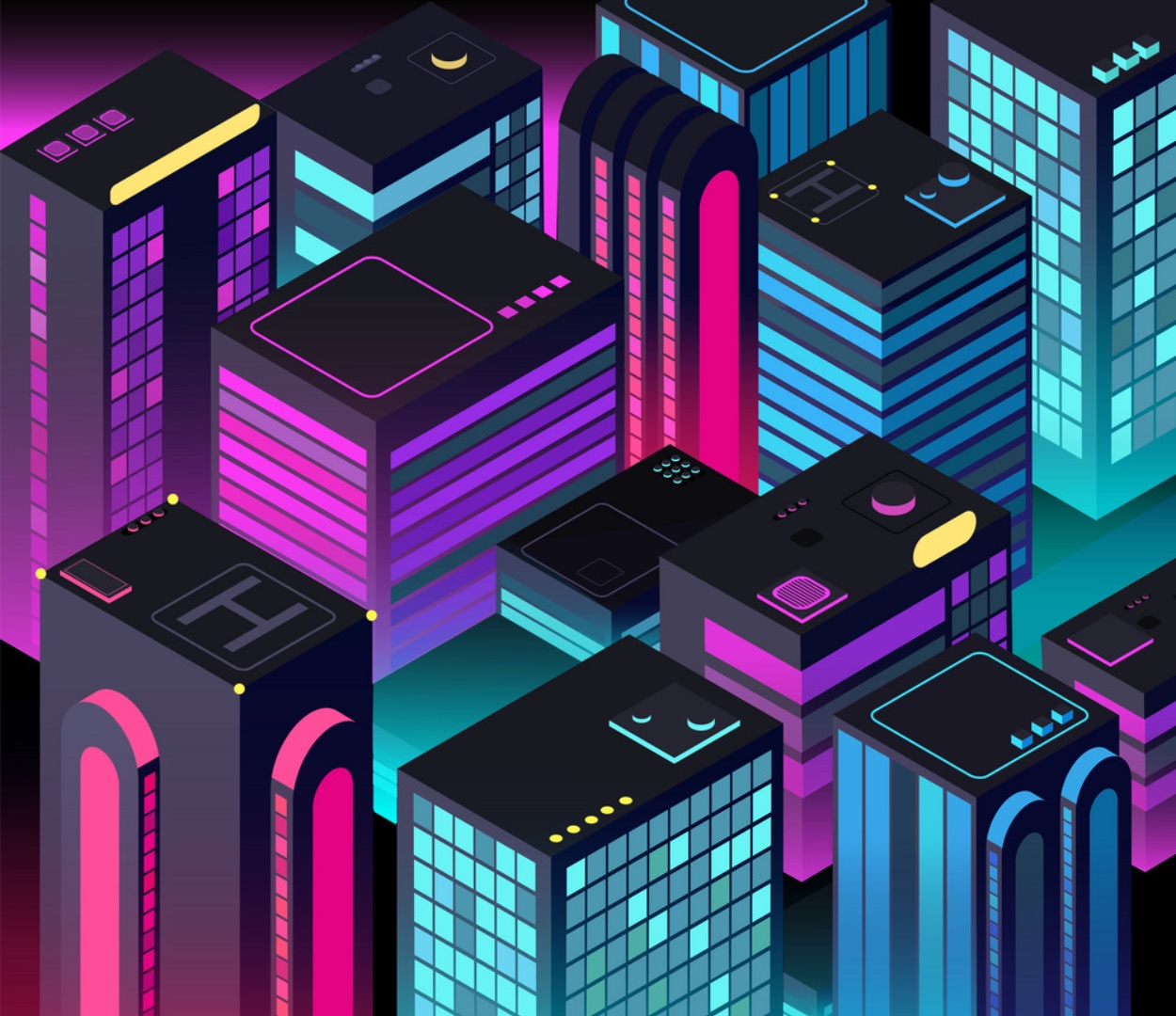
In
the vast majority of energy markets, time periods of highest demand and highest
offer are different, so effective energy management is needed in nowadays
societies. At the same time, efforts are being made, aimed at final independence
from non–ecological means of electricity. This phenomenon could be managed with
various ways.
From statistics of CAISO (CAlifornia Independent System Operator), it has been
shown that during a single day, in the period between 4 a.m. and 6 a.m. the
lowest energy consumption is encountered while in the period between 7 p.m. and
10 p.m.
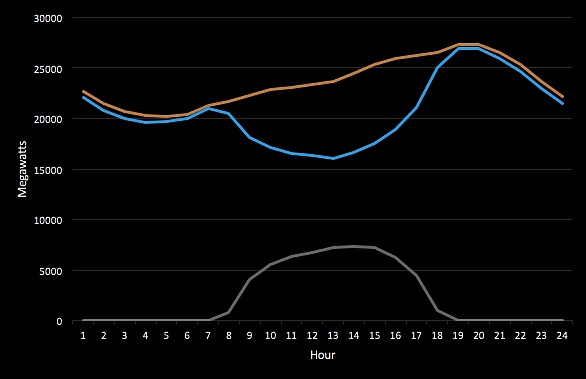
Orange
color: electricity demand during a day
Blue:
electricity produced on network demand (Duck Curve)
Gray:
electricity produced from photovoltaic panels
Data
collected on the 22nd of October 2016 in the state of California
There
are already many solutions relative with energy storage in order to convert it
to electricity on high demand time periods. For instance, hydroelectric power
plants are capable of storing an amount of water (mechanical energy storage)
and they convert it to electrical energy when needed.
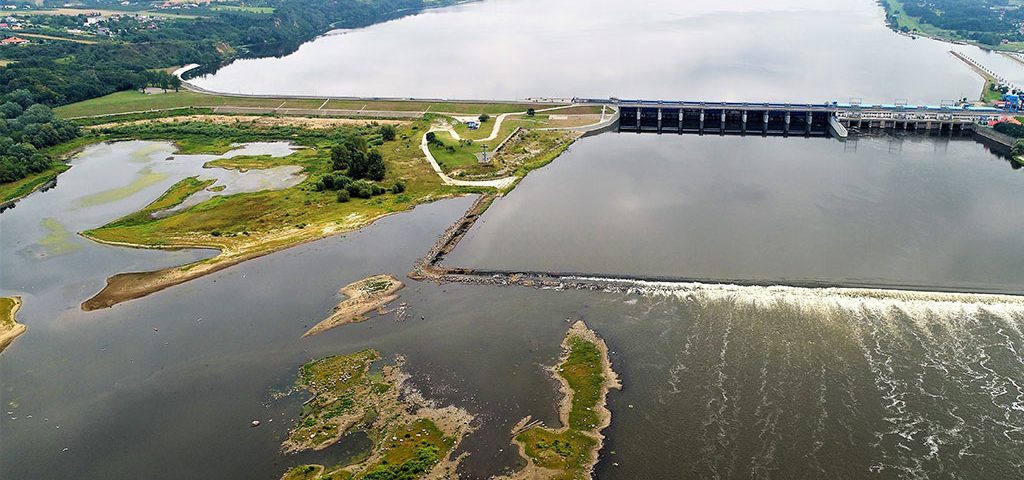
Hydroelectric power plant on Vistula river, Poland
As
far as solar energy is concerned, European Union has set a goal for 2020 to
produce the 20% of total energy consumption from renewable resources. Some Mediterranean
countries are doing quite well. For example, Greece has approximately 1 million
of solar heaters. Also, the 6 biggest Greek photovoltaic parks have a rated
power of at least 40MWp.
The
conversion of wind energy to electricity is also a common solution for many
European countries. European Union promotes many investments willing to
increase the amount of offshore wind farms by 25 times. There is another goal
for 2040, for wind energy to become the most important energy resource. Denmark
is an exemplary country in this field, as it has at least 9 offshore wind farms
in the North Sea.
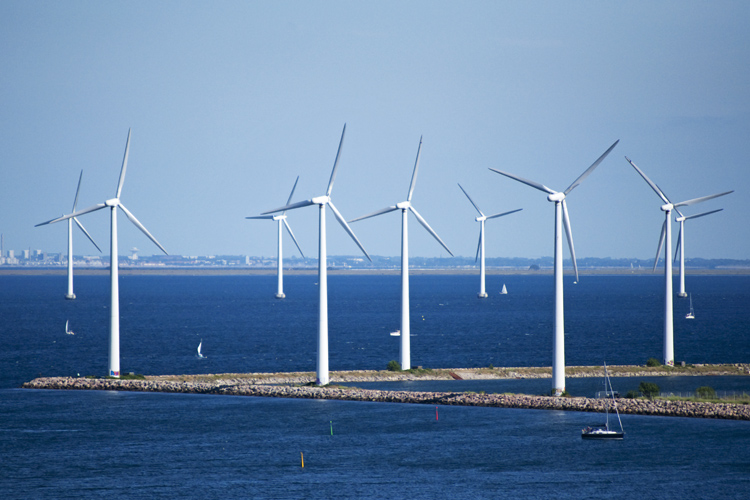

Apart
from marine farms, land-based ones are also widely used. Turbines are designed
70 to 150 meters high and can weigh many tones. In the European Union, Sweden
is currently leading using turbines of 6.7 Gigawatts total power. Sweden’s plan
for the future is to use exclusively wind energy to produce electricity.
Finally,
the controversial issue of nuclear energy is raised. While countries like
Austria and Germany have stated their dissatisfaction to add it to their energy
mix, some countries, mainly in eastern Europe, are going to invest in modern
nuclear plants. Nevertheless, the need for time shifts of the electricity
demand hasn’t been solved. At this point, the significance of applications such
as smart grids and domestic devices that produce electricity in many ways can
be seen.
Offshore wind farm in Denmark
Nuclear energy plant in France
Now the attention is focused on the energy consumers, office buildings, blocks of flats and dwellings, which with suitable structure, modulation or bioclimatic architecture would be able to befriend the function of energy supply networks and simultaneously to ease the inhabitants in various economical ways. Some indicative principles that should be followed while designing are the utilization of solar potential, the protection from the sun rays in summer and the proper thermal insulation of the building. Apart from these, the meaning of the term nZEB is to save energy and try to have a zero-energy balance.
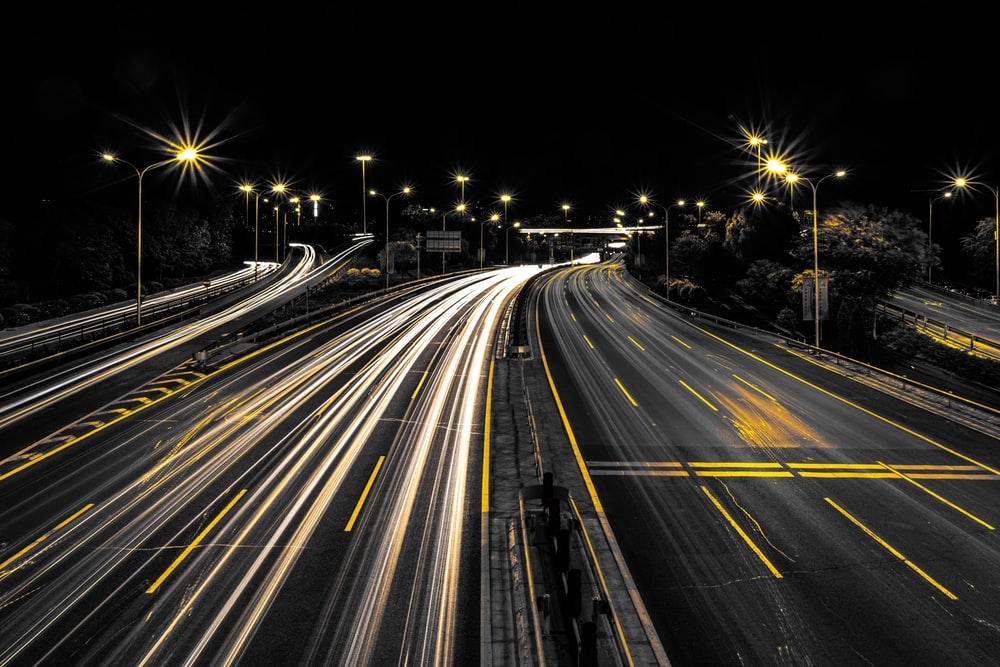 READ MORE
SEE A RUNNING PROJECT
READ MORE
SEE A RUNNING PROJECT
Globalization, increasing independence, robotics, technological explosions, colonization of new planets, cryogenics, digital currencies, non-monetary economies, quantum computers, nanotechnology are some indicative thoughts about future and evolution. In the labor field, some professions will evolve, some new will originate, and some others will be extinct. As far as Artificial Intelligence is concerned, computers are becoming exponentially better in achieving goals earlier than expected.

Gradually,
oil and natural gas are being replaced by the sun and the wind, inexhaustible energy
sources that are abundant in nature and are unexploited at a high rate. Fields
like construction, transportation, medicine and law will be vastly changed. The
continuous improvement of the globe will surely be combined with corresponding improvements
in the case of buildings and dwellings.
During
the next years, nZEB will also be replaced by net Zero Energy Buildings. These
buildings will have such a high insulation and electricity production rate,
that they will be able to produce energy surplus that will be sold back to the
local energy supply network.
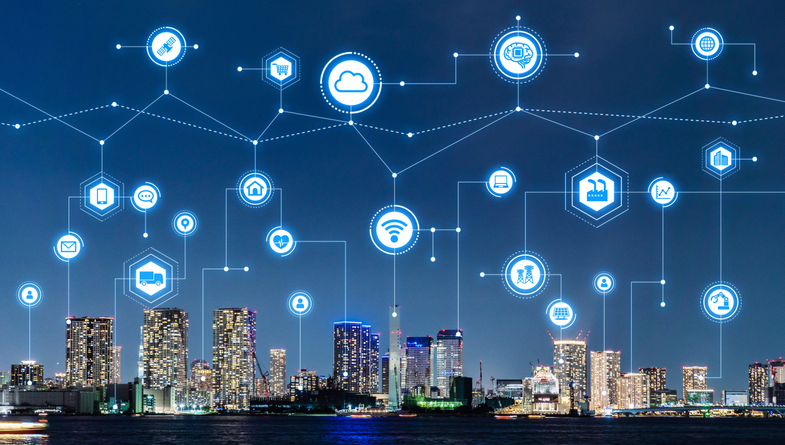
Every single evolution will only be a transition to the next major society era, the revolutionary Internet of Things (IoT). It is a vision that one way or another will be realized by creating an enormous wired and wireless network around the globe. It is going to include any type of devices or objects, vehicles, clothes and even food and drinks.
In
other words, it is supposed to be a sum of wirelessly connected devices and
objects. Given their communication capability, they will lead millions of applications
and services that will possibly have even higher standards of living as a
result. Innumerable facilitations and social changes are expected in the next
decades. Approximately 10 billion devices had access on the Internet globally
in 2014, amount that was expected to rise to 26 billion in 2020.
It
is obvious that in such tremendous changes there are no boundaries for
experimenting and mistakes. It is taken for granted that in order to go to the
next level of humanity all existing issues have to be faced. A matter of high
importance is to improve the safety on the Web, as the violent digitalization
of the world poses huge risks of massive personal data leakage. In addition,
the possibilities of secondary data use have to be obliterated. Lastly, problems
like anonymity absence and mistaken automated decisions also have to be
eliminated.
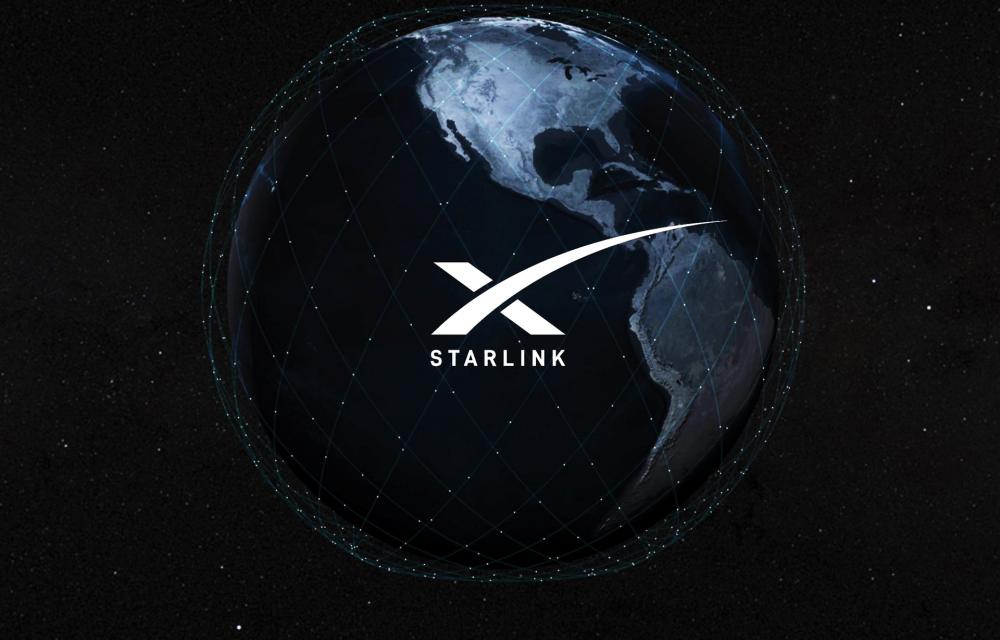
Several steps have been taken to supply internet from space using satellites around the Earth, a circumstance that is going to be real in September 2021. As the Chief Executive Officer of SpaceX, Gwynne Shotwell claims, this program called STARLINK, is going to provide Internet connection to many remote places and countries. Greece is going to be one of the first countries that will participate to the Starlink project. Since May of 2019 Starlink has set many satellites into geostatic orbit, in around 60 rocket launches.
What will be humanity’s response when Earth population will rise so high that there will be not be enough resources and space for everyone?
As noted in a research post held by a department of Washington University, there is a possibility that some countries may come to decisions to limit specific health services, with noxious consequences.
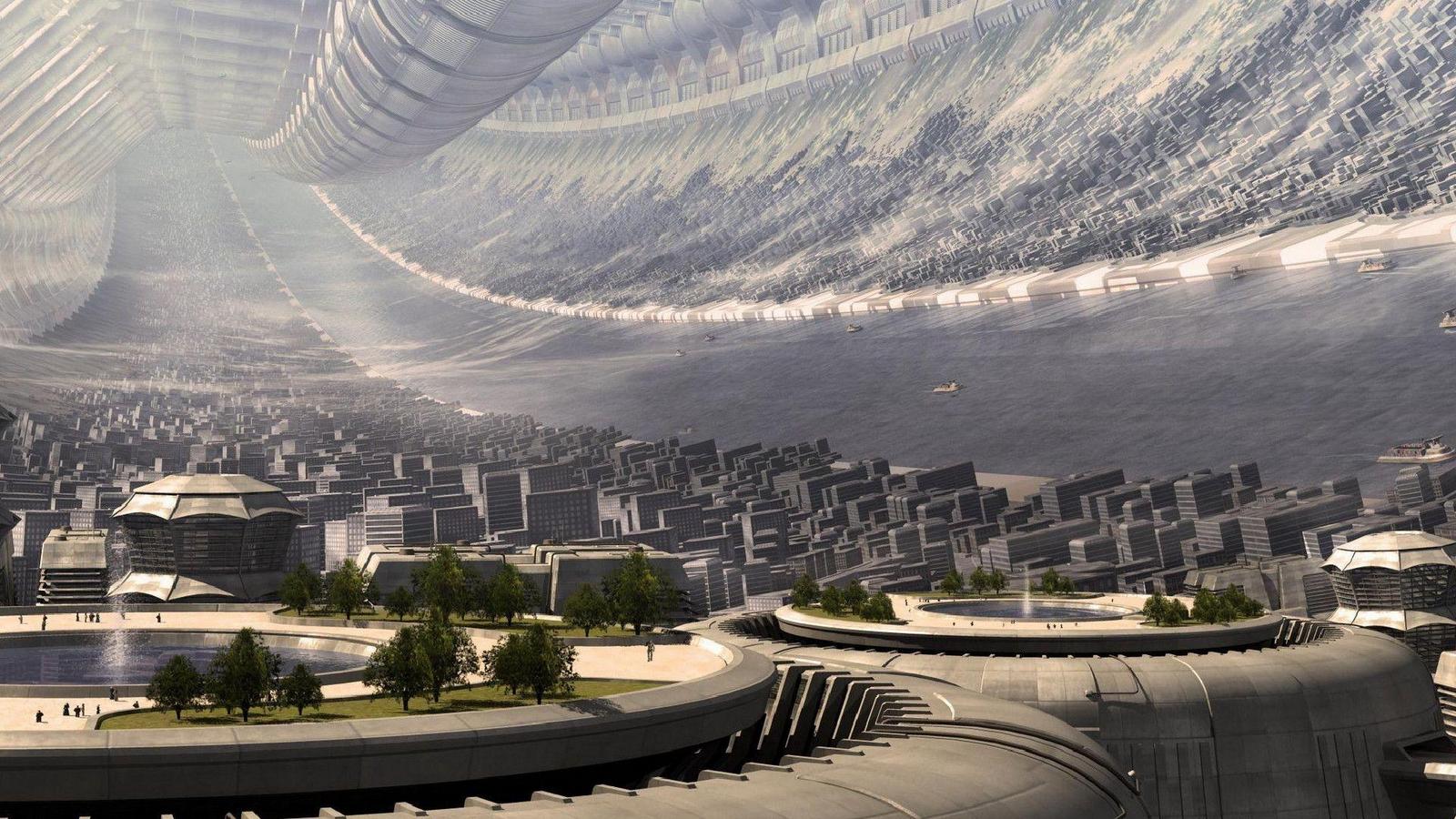
There have been suggestions for creating artificial extensions of the planet, such as a huge ring. Such a ring could rotate at a speed suitable for maintaining a geostatic orbit, thus creating an artificial gravitational field on its inside due to centrifugal forces that will develop.
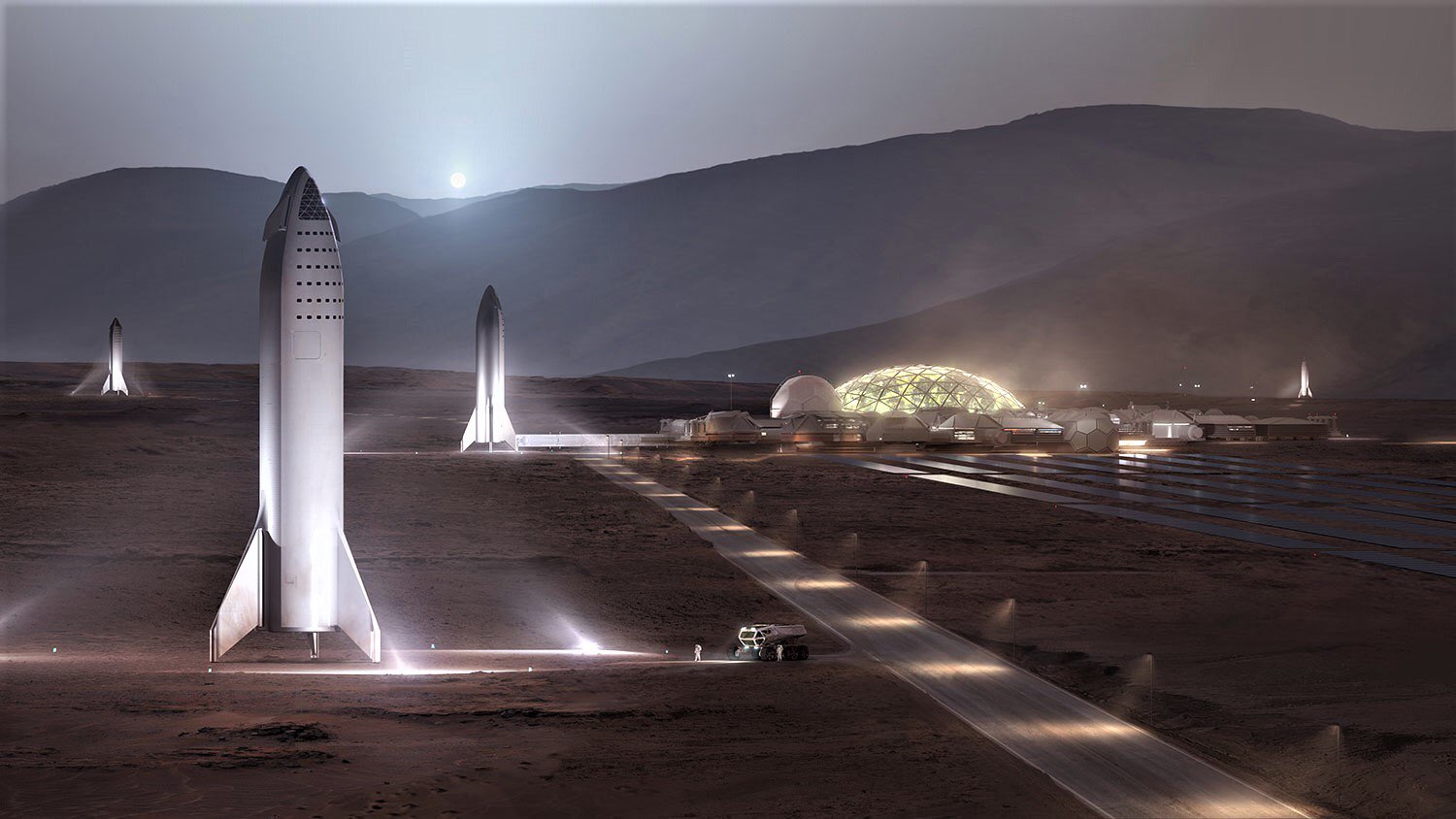
SpaceX envisions colonizing Mars in the coming years. Their priority is the development of fully reusable vessels to transport people and goods from Earth to the Red Planet.
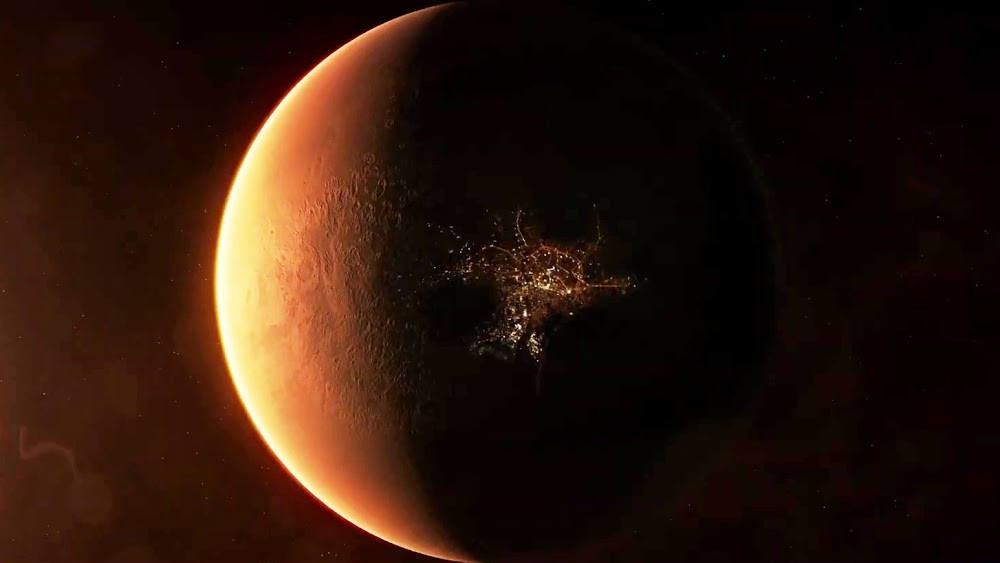
Possible future colony on the planet Mars.
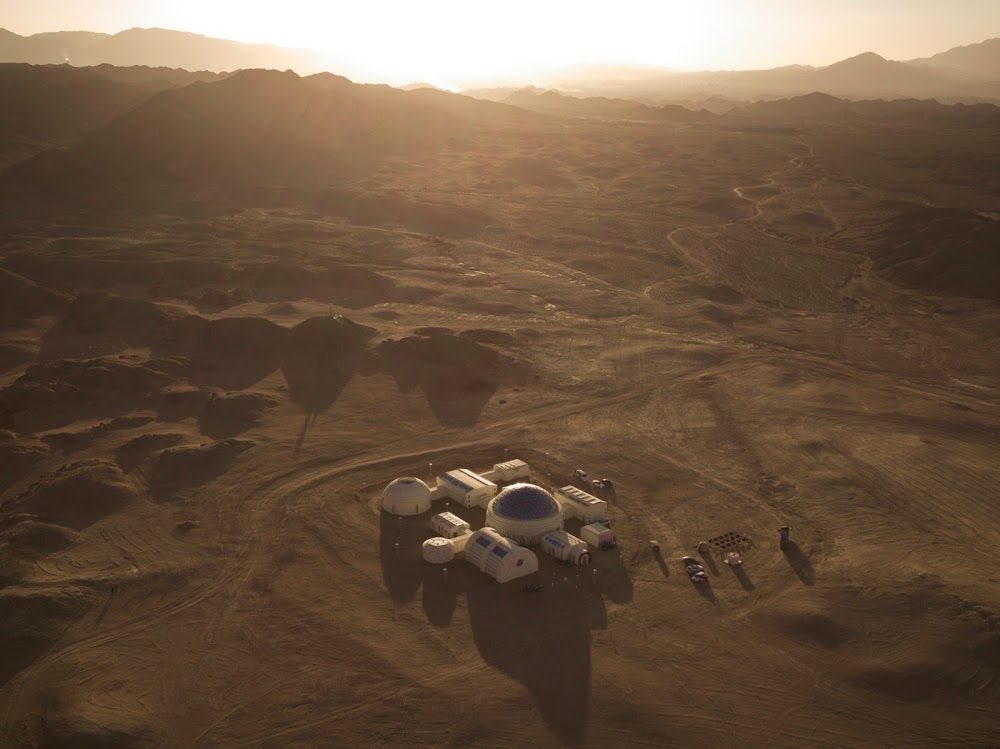
C-Space training base in the Gobi Desert.
According to some researches, 25% of Carbon Dioxide emissions (gas that participates in the Greenhouse effect) are emitted by dwellings and other constructions, like stadiums, schools or office buildings. While renewable energy resources and Smart Building technologies are used, the global carbon footprint is apparently going to be reduced. Our home planet is expected to grow into a new fascinating habitat and life will be different in comparison with nowadays. The environment will be digitally connected and characterized from data sharing and many new activities and services, which will coexist with controversy and diversity. Are humans ready for such changes?
